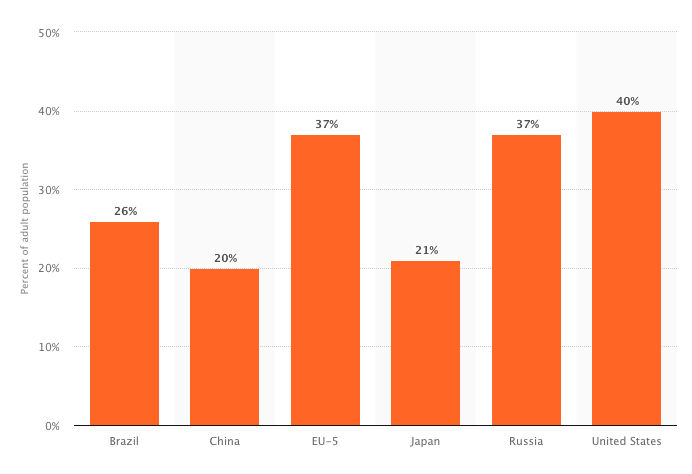
The circulatory system, also known as the cardiovascular system is just one of the major organ systems that regulate our bodies. All of these systems have very specific functions yet, they can’t function independently. Working in tandem, they rely on one another. The circulatory system includes the heart (cardiovascular); lungs (pulmonary); arteries, veins, coronary and portal vessels (systemic). Its main purpose is to move nutrients, oxygen and hormones to and from different cells and tissues throughout the body. Not only is it responsible for delivering the goods; the circulatory system also plays an important, secondary role in removing waste products from the body via the digestive and urinary systems.
The cardiovascular system is a closed loop. It works congruously with the respiratory system. The respiratory system is responsible for exchanging carbon dioxide for oxygen within the blood. This cohesive relationship between the systems is known as pulmonary circulation. The heart pumps oxygen-depleted blood through the lungs in order to oxygenate it. When the blood reaches the lungs, the blood cells release carbon dioxide and absorb oxygen. Systemic circulation is responsible for pumping the new oxygen-rich blood to cells and tissues throughout the body. Then back to the heart.
Circulatory System Diseases
There are a number of diseases that can afflict the cardiovascular system. While some are congenital (such as a heart defect), many are deemed “lifestyle” diseases. Coined as such because they develop by unhealthy lifestyle habits over time. Otherwise preventable by way of a healthy diet and exercising.
A brief overview of the diseases that can affect the circulatory system:
- Atherosclerosis is the buildup of plaque in the arteries.
- Acute Coronary Syndrome(s) is a blanket term that describes a range of conditions, the cause is a sudden reduction of blood flow to the heart. An example of this would be an aneurysm.
- Strokes can occur one of two ways; poor blood flow (lack of) to the brain or, hemorrhaging (bleeding), resulting in cell death. In both cases, cell death leads to improper brain functionality. Ischaemic attacks are “mini” strokes resulting from a temporary disruption of blood supply to the brain.
In 2018, a survey was conducted to determine how prevalent cardiovascular conditions in several select countries. The chart below shows us that the United States has the highest prevalence of heart disease, followed by Russia and the EU-5.

Prevalence of diagnosed cardiovascular conditions in selected countries as of 2018
Swimming for the Prevention of Circulatory System Diseases
If you are concerned about your heart then regular swimming can help to guard against heart disease. According to swimming.org, being physically active can decrease the chances of a stroke by 31%. Just doing an hour of moderate physical activity each day can decrease the risk of cardiovascular disease by 20%. While all exercise that gets your heart beating and your blood pumping is good for your circulatory health, swimming is uniquely beneficial.
A swimmer’s heart pumps more blood with every beat, which lowers heart rate. The vigorous movements coupled with the water’s resistance leads to increased levels of oxygen, and oxygen consumption. This means that more blood is pumped to your muscles with every beat. A greater blood supply with fewer heartbeats means more efficiency, and therefore a healthier circulatory system.
This encourages blood vessels to remain flexible and elastic which is important for maintaining a normal blood pressure. If you have high blood pressure, swimming for half an hour a minimum of three times a week can significantly lower your blood pressure levels. In addition to that, swimming helps regulate cholesterol levels. More specifically, swimming can increase your levels of good cholesterol – high-density lipoprotein – and lower bad cholesterol – lipoprotein.
Jump in!
If you’re a beginner, or are getting back into swimming, start slowly with five to 10 minutes of smooth lap swimming. As you get used to the exercise, and your strokes, kicks, and breathing become more efficient, you’ll be able to swim for longer periods. Mix up your strokes — freestyle, backstroke, butterfly, whatever you can do. In addition to keeping your swimming routine fresh, the variety helps you work different muscles.

